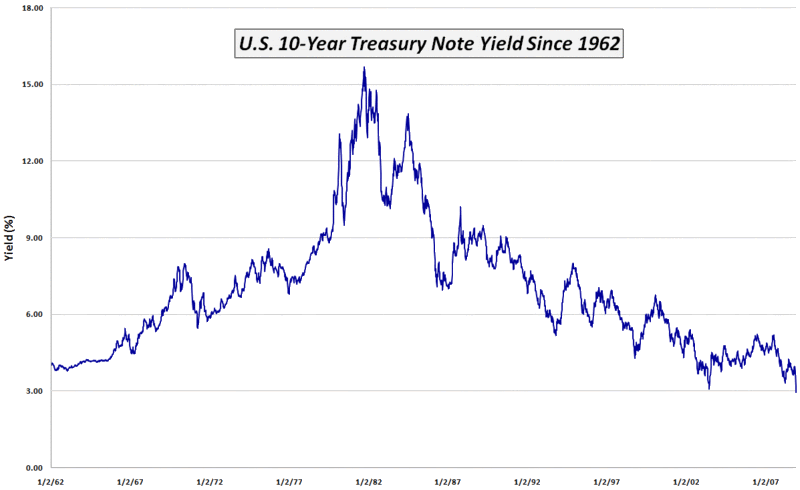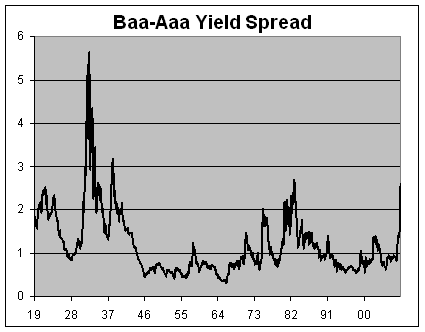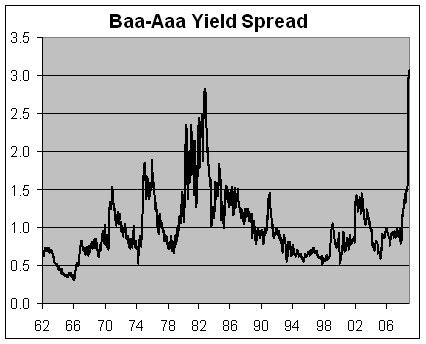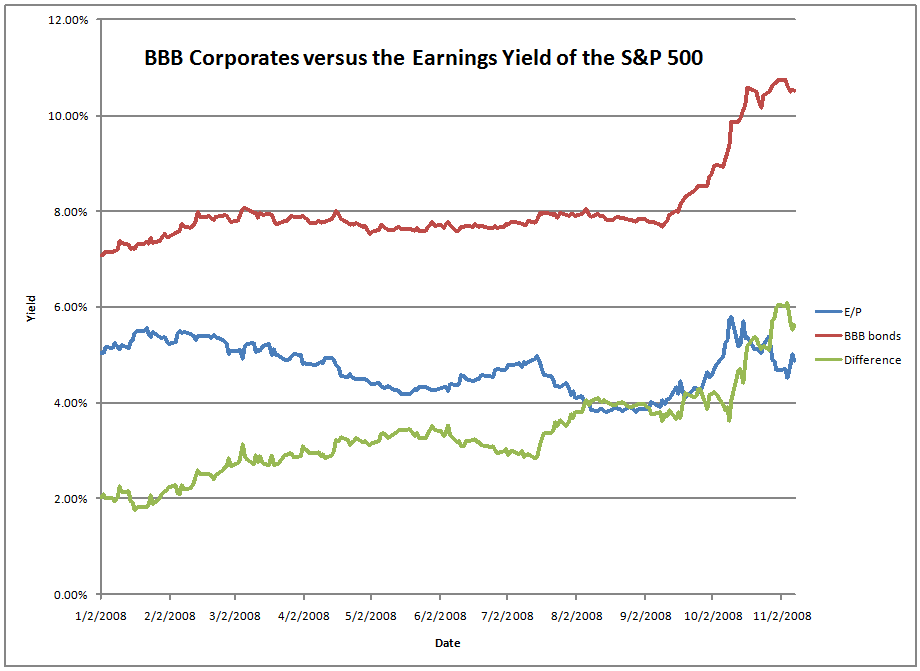
November 26, 2008
Some of the nation’s universities are trying to sell chunks of their portfolios privately as their endowments swoon with the markets.
Among institutional investors, school endowments aggressively embraced private equity, real estate partnerships, venture capital, commodities, hedge funds and other so-called alternative investments over the last few years. Endowments with more than $1 billion in assets reported 35 percent of their holdings in these types of investments on average last year, a much greater portion than big public pension funds, for example.
Now they are balking. The value of some of these investments has fallen, and they are not easily shed because there is no public market for them, as there is for stocks. Worse, private equity and venture capital funds require investors to put up additional capital over time. Cash may now be in short supply at schools facing budget pressures and investment losses.
The University of Virginia, which has a $4.2 billion endowment, posted a letter on its Web site saying that it might explore the sale of some of its private equity holdings and would sell hundreds of millions of dollars in other assets.
Harvard, the granddaddy of endowments with $36.9 billion at midyear, is marketing its $1.5 billion stake in venture capital and buyout funds. And the $6.5 billion Duke University Endowment is weighing the sale of $200 million of its stake in private equity. Columbia University is also mulling the sale of some private equity holdings, though it is not a priority, according to a person close to the endowment who was not authorized to speak publicly.
“Our firm is getting calls every day from institutions that want to sell private equity partnerships as well as firms that have bought those stakes from schools and now want to resell them,” said Stephanie Lynch, the chief investment officer of Global Endowment Management, which oversees $1.5 billion in endowment funds.
Last year, the average seller got $1.04 for every dollar of face value, according to a report by Cogent Partners, an investment bank for institutions looking to sell such holdings in the secondary market. Since June, sellers have been getting 50 cents or less on the dollar, said Colin S. McGrady, a managing director at Cogent.
Paul Capital Partners is negotiating with Harvard for some of its private equity investments, which include “the best names in the venture business,” said David H. de Weese, global head of secondary investments. The firm is negotiating with six more major universities to buy portions of their private equity portfolios.
Harvard said it had received some bids, though it had not decided how it would proceed.
Some schools do not want to have to come up with the money that they have promised these alternative funds. Partly that is because their endowments have shrunk with the market. They also are not getting the payouts from earlier investments.
Historically, private equity and venture capital funds returned money to investors as deals matured even as the funds made “capital calls” for new investments. In that way, the demands for additional cash were muted. But payouts are shriveling this year, and will be smaller than expected next year.
Some endowments became very heavily weighted in investments that are not publicly traded. The University of Virginia, for example, disclosed that just 21 percent of its investment pool was in liquid assets, like stocks and bonds. It plans to sell at least several hundred million dollars in those assets and a comparable amount in its hedge funds through 2010 to meet its capital calls from private equity funds, resource managers and others. Real estate and timber investments are frequently structured as limited partnership funds, which can have periodic capital calls, like private equity funds.
Virginia is also exploring the sale of some older private equity stakes. The university’s chief operating officer, Leonard Sandridge, said the school had no liquidity issues.
“It is a little like having to go to a pawn shop,” said one university endowment manager who said its policy is not to discuss performance publicly. “People don’t want to admit they have to sell this stuff. I am sure that a lot of people overcommitted over the past couple of years.”
Some schools say they simply want to rebalance their portfolios. As the stock market has plunged, their private equity stakes may have swelled to a larger percentage than their target. A spokesman for Columbia said that its $7 billion endowment was mulling some sales, but only to rebalance the portfolio, and that it did not have to raise cash.
Selling stocks is a quick and easy way to generate cash for capital calls. It may be one factor in the sharp declines in stock prices in recent weeks.
If the financial markets stay depressed for a few years, endowments could wind up in serious distress. The endowment of the Museum of Contemporary Art, in Los Angeles, has shrunk to less than $10 million, among its lowest levels since the museum’s founding in 1979. The decline, from $40 million a few years ago, prompted the billionaire Eli Broad recently to offer $30 million toward the museum’s rescue.
Foundations can scale back their grant-making in hard times. Museums and schools generally count on their endowments to cover a portion of their budget, and its many fixed costs. Now, their overall returns are plummeting, and donors are receding,
The decline in the market value of the endowment and the need to spend from it on a regular basis to meet operating needs can be very difficult, said Alice W. Handy, whose firm, Investure, manages money for Smith, Barnard, Middlebury, Trinity and other schools. “Meeting spending requirements in a down market is a significant obstacle to building the endowment.”
The stampede into alternative investments was fed by a desire to imitate the Yale Model, an investment strategy developed by David F. Swensen, who diversified Yale’s endowment portfolio beyond stocks and bonds into hedge funds, private equity, real estate and commodities.
David A. Salem, who manages the Investment Fund for Foundations, says few managers can match the skills of a Yale or Harvard endowment and many overpaid for those assets. “So it’s no surprise that the scrambling going on to liquidate some of this stuff is the product of equally unenlightened methods that are conditioned by the same illogical assumptions,” Mr. Salem said. (His group recently purchased a position in a private equity fund, after two higher bids were rejected because of concerns about those prospective buyers’ creditworthiness.)
Along the way, schools have wound up with relatively small amounts in fixed-income investments: a traditional source of income to withstand bad times.
“The liquidity issue may be more widespread than people would have reason to anticipate,” said Eugene J. McDonald, founding president of the Duke Management Company and chief investment officer at Duke University for 18 years.
Stephanie Strom contributed reporting.






















